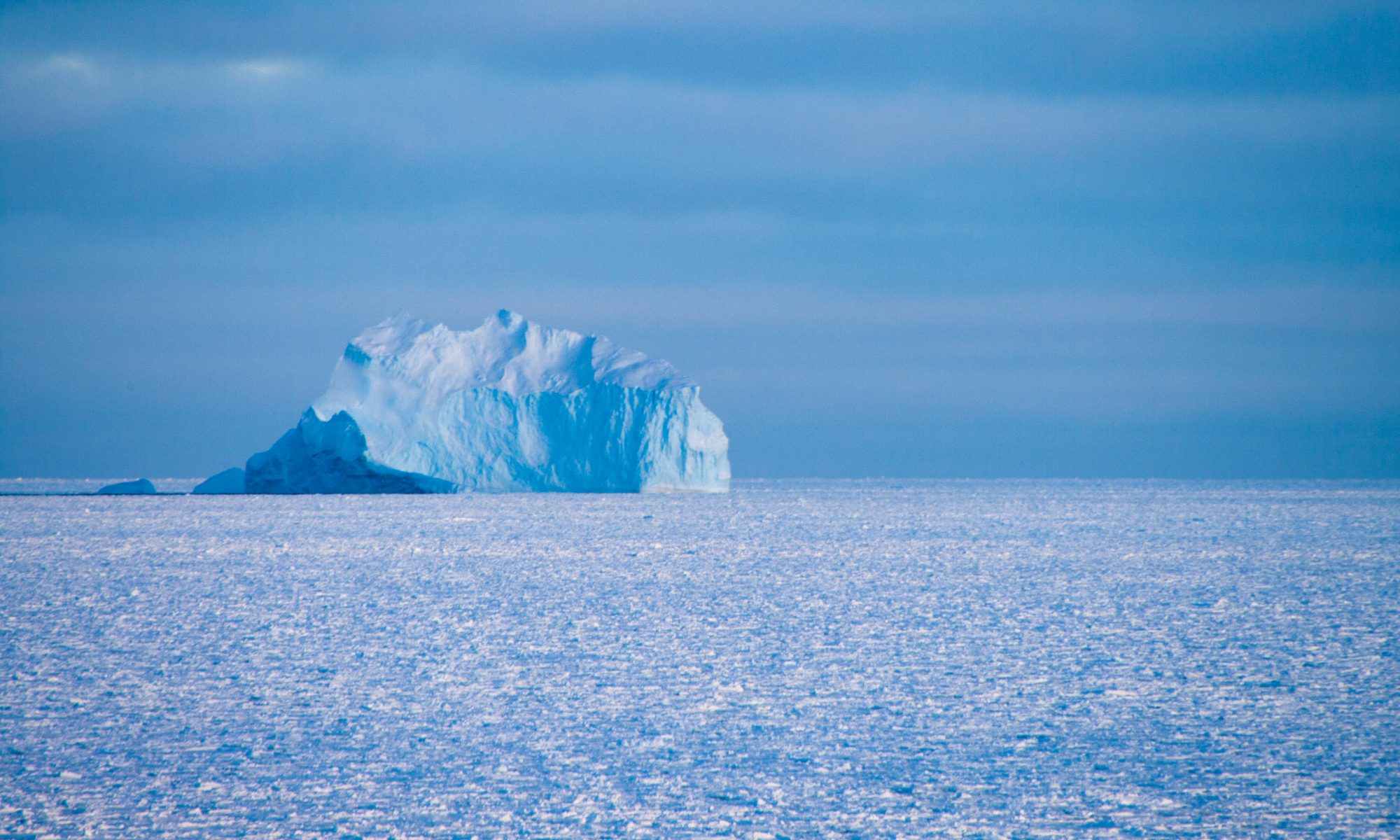
Place of the Conference: University of Liège – Place du XX-Août, 7 – 4000 Liège – Belgium
Polar oceans are facing profound changes. The Arctic Ocean and the waters west of the Antarctic Peninsula are at the forefront of global warming, while the rest of the polar oceans will face changes in the very near future. The changes to face are not limited to a raise in atmospheric temperature and modification in the freshwater budget. Increases of economic activities (shipping, tourism, fisheries and mineral extraction), contaminants and invasive species also put polar oceans at risk. Changes are already witnessed in terms of ice shelves volume, wind patterns and precipitation, sea ice extent, ocean circulation, ocean acidification and freshening, primary productivity, biodiversity and community structure or ecosystem functioning. As polar oceans are key components of the Earth system, changes there will have global impacts such as sea level rise, changes in low latitudes oceanic productivity, and oceanic CO2 uptake, among other ecosystem services.
The 51st Liège colloquium on ocean dynamics will address the observation and prediction of these changes and their consequences.
More specifically, the following topics will be covered:
- Measuring anthropogenic impact and pollutants. This spans from measurement of physical parameters, trace contaminants, inventory of climate related gases, micro plastics measurement, bio-indicators, monitoring economic activities
- Observing changes. Remote sensing is key to monitor sea ice and ice sheet shrinkage, ocean warming and freshening, changes in ocean circulation and environmental forcing. In parallel, several initiatives (e.g. AMAP, SOOS, SOCCOM, ASPeCt, ANTOS, INTAROS, SAON, CAFF, BEPSII among others) have developed to reinforce monitoring of the polar oceans and provide insights on current changes
- Assessing impacts. Anthropogenic forcing are impacting physical processes and biogeochemistry but also biodiversity and foodweb functioning. Tracking changes in an evolutionary perspective is challenging
- Specific cryosphere-oceans interaction. At the interface between land and polar oceans, ocean interactions with ice sheets and sea ice are key in controlling ice-sheet balance, sea level rise and water mass transformation rates
- Enlarge our temporal perspective: paleo-oceanographic changes. Ocean sediment records provide paleoclimate proxy indicators of past changes. These benchmarks allow a better grasp on current changes in term of level, significance and rapidity
- Predicting future changes. Modeling is a major tool to understand past and present changes and to predict future changes from a local to a global perspective. More specifically, simple ocean model, ice sheet or sea ice- ocean coupled model, biogeochemical model, dynamic energy budget, species/trait distribution model among others are well suited to investigate changes in polar oceans.
- Teleconnection and global perspective. As a result of the teleconnection of polar oceans to the global ocean, changes in polar oceans can propagate more globally. Assessing such impacts is critical to understand actual and future changes of the global ocean
- Mitigation. Several tools can be used to mitigate or limit the impact of some anthropogenic pressures: enforcement of conservation measures, marine protected areas, sewage treatment, education and awareness raising that need to be further developed to tackle polar ocean changes.
Special sessions on dedicated projects are welcome.
Papers dealing with the above-described subject are welcome and will be published in a special issue.Further details (submission, registration, deadlines, venue, …) are available on the web site : http://labos.ulg.ac.be/gher/home/ /
/
Deadline: Submission of abstracts – 1st March 2019
